
PUMPA - SMART LEARNING
எங்கள் ஆசிரியர்களுடன் 1-ஆன்-1 ஆலோசனை நேரத்தைப் பெறுங்கள். டாப்பர் ஆவதற்கு நாங்கள் பயிற்சி அளிப்போம்
Book Free DemoIn this theory, we will look into the other types of asexual reproduction mechanisms.
Fragmentation:
The parent body breaks into two or more pieces called fragments, which develops into an individual. The process takes place in flatworms, sponges, sea anemones (coelenterates) and is also observed in echinoderms.
Example:
Fragmentation is also observed in green algae like Spirogyra, Fungi like Rhizopus, Cyanobacteria, Bryophytes and Pteridophytes.
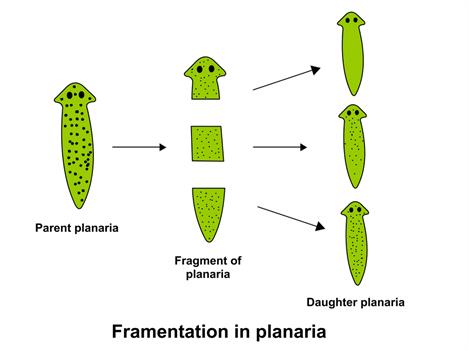
Fragmentation in Planaria
Budding:
In budding, a daughter individual is formed from a small bulb-like projection on the parent body called a bud. The bud detaches from the parent body and forms a new daughter cell.
Example:
In organisms such as Hydra and Yeast budding is the process of reproduction.
In Hydra, the regenerative cells are used for the reproduction process. Here, a bud develops as a small bulb-like projection due to the repeated cell division at a specific site.
The buds develop and grow in size into individuals. When they mature fully, they detach from the parent to become independent individuals.
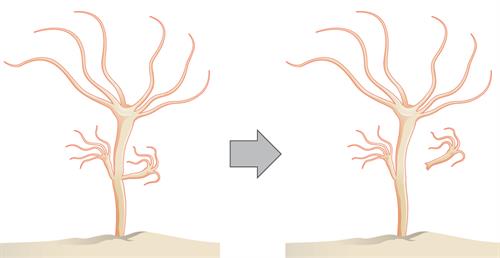
Budding in Hydra
In Yeast, sometimes, it may bear many buds, which further bear daughter buds.
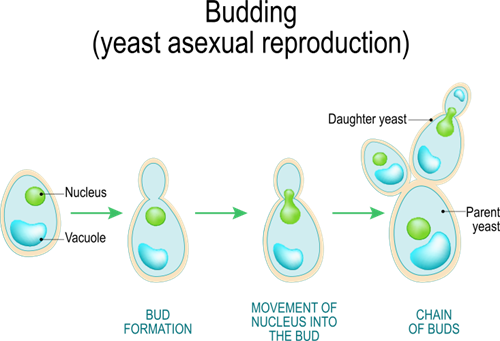
Budding in Yeast
Spore formation:
Spores (found in the air) are minute spherical bodies with a thick protective shell that shields them from the elements. The spores germinate and develop into new plants under favourable conditions. It is observed in Rhizopus, Mucor species, and algae like Chlamydomonas. Spore formation is discussed in the earlier subtopic, Reproduction in plants.
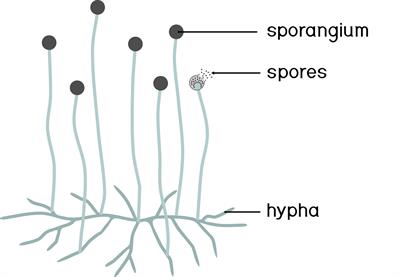
Spore formation in Rhizopus
Regeneration:
The ability of an individual organism's lost bodily components to regenerate into a whole new organism is known as regeneration.
If the organism is cut into pieces, the pieces grow into separate and complete individuals. Regeneration is carried out through specialised cells, which proliferate and produce a large number of cells.
The process is carried out by a specialised mass of cells. From this mass of cells, the different cells change to form different cell types and tissues. The changes occur in an organised sequence called development.
Regeneration can be of two types:
1. Morphallaxis: The whole body of an organism grows from a small fragment. It is the asexual form of reproduction found in Sponges, Starfish, Planaria etc.

Regeneration in Planaria
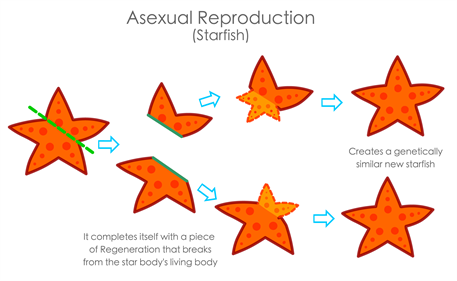
Regeneration in Starfish (Asterias rubens)
2. Epimorphosis: It is the replacement of the lost body parts. Here, the separated body parts can redevelop.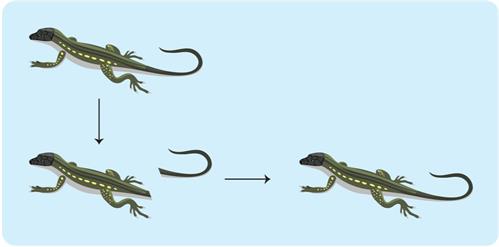
Example:
The severed tail of a wall lizard.

Regeneration of the Lizard's tail
Reference:
https://www.shutterstock.com/image-vector/planaria-reproduce-by-regeneration-when-cut-1475149667
https://www.shutterstock.com/image-vector/starfish-sea-star-regeneration-reproductive-by-1624245409
https://www.shutterstock.com/image-vector/regeneration-tail-lizard-whose-has-been-1968975526